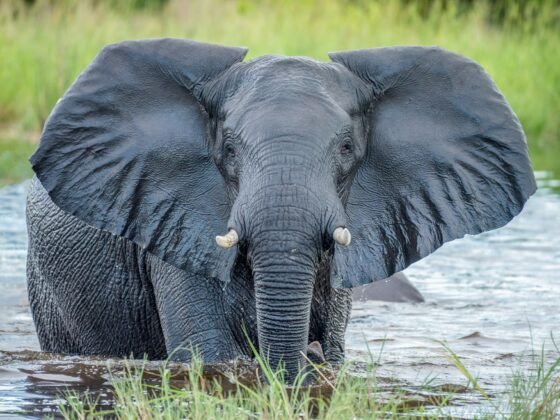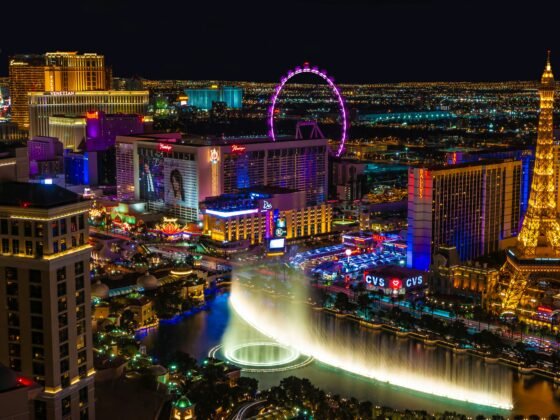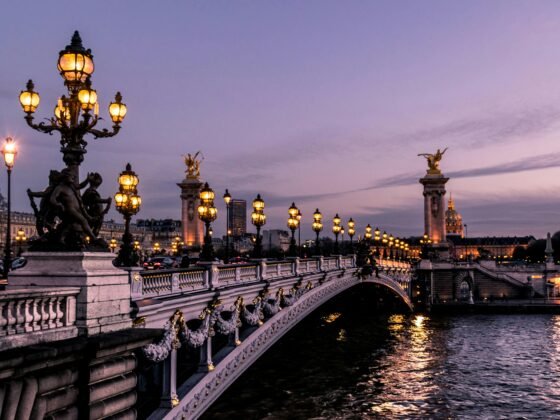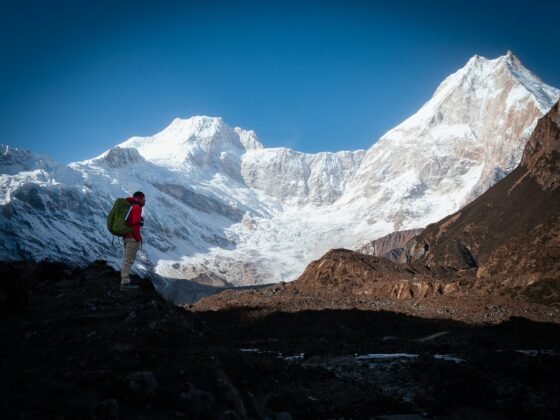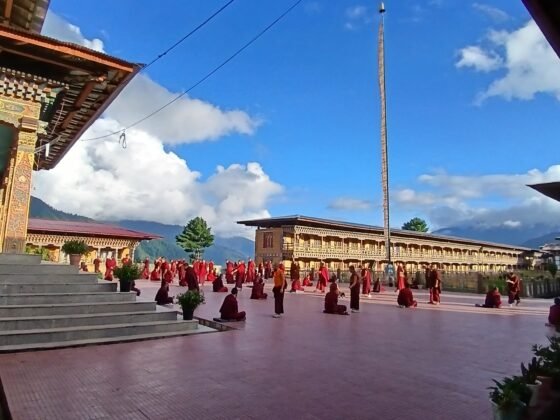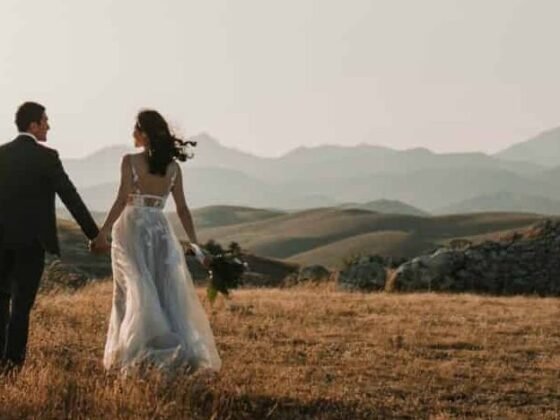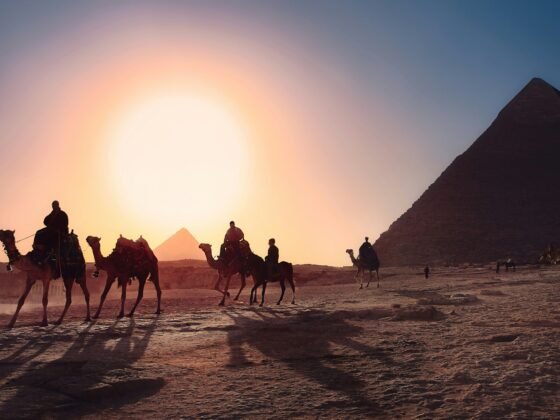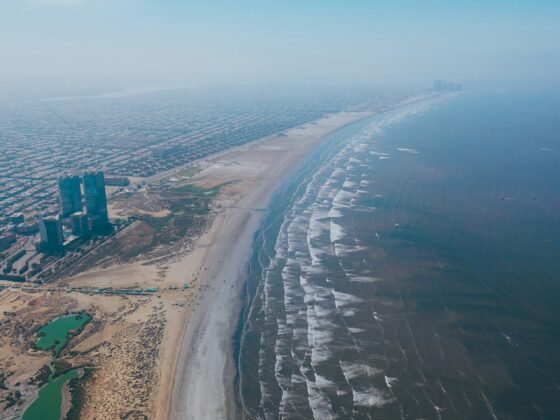With a curious blend of Ottoman, soviet and European architecture, Sofia offers an east-meets-west culture. The compact and cosmopolitan city has yet to make it onto the well-worn tourist trail as the bulk of Bulgaria’s tourists head to the beach and ski resorts. Use this to your advantage and discover the attractive culture, history and adventures this city has to offer.
Boyana Church
The small yet incredibly beautiful Boyana Church sits on Sofia’s outskirts. This church complex has roots in the 10th century and was inscribed as a UNESCO World Heritage Site in 1979. The site is comprised of three churches, the second of which contain exquisite frescoes which were painted in 1259. This ranks Boyana Church as one of the most important sites for medieval paintings in the world. The third church was completed in the 19th century and sits at the foot of Mount Vitosha. The church also houses the National Museum which has exhibits of local art, history and artefacts.
Mount Vitosha
Generally Sofia is a green city, dotted with parks and open spaces. But to really stretch your legs and enjoy the local hiking and skiing trails, head up to Mount Vitosha. Just a short hop south of Sofia, the Vitosha mountain range is 23km long and 7,513 feet (2,290m) high. The highlight is the vast Vitosha Nature Park where travellers can walk the marked trails and enjoy a picnic. For the more adventurous, try climbing the Cherni Vrah Peak, aka Black Peak which stands at 7,513 feet (2,290m).
National Museum of Military History
This is one of the best museums in Bulgaria and displays cover the military history of the country. There are weapons, uniforms and flags on display. The main exhibit covers the period between the 1876 uprising and World War II. The grounds are filled with rusting tanks, missile launchers and army trucks. There are also MIG fighters and helicopters from the Cold War era.
Alexander Nevski Church
For outright beauty, the stunning Alexander Nevski Church wins hands down! Often considered the national symbol, Aleksander Nevski memorial Church honours the 200,000 Russian soldiers that lost their lives fighting for Bulgaria’s independence. It’s one of the largest Orthodox churches of its kind in the world. The green domes, ornate arches and bell towers are instantly recognisable. Inside there are ornate murals, a crypt and a museum with am important collection of religious icons.
Ivan Vazov National Theatre and House Museum
Catch a play or musical recital at the ornate Ivan Vazov Theatre. This is not to be confused with the Ivan Vazov House Museum where the popular Bulgarian author lived until his death in 1921. Vazov penned the classic ‘Under the Yoke’ which deals with the subject of the 1876 April uprising. Some of the rooms have been restored to the period and pride of place goes to Vazov’s stuffed dog Bobby.
Sofia Art Gallery
The city of Sofia is cosmopolitan with a good handful of cultural sights and art galleries, in particular the Sofia Art gallery. Originally established in 1921, the gallery today houses over 3,500 paintings, nearly 3,000 drawings and some 800 statues. It’s considered one of the most important Bulgarian art collections in the country. The works of Zlatyu Boyadjiev are the exhibition highlight this year.
Mineral Baths
Did you know that Sofia was originally founded thanks to its superb natural mineral waters? Public baths have been a part of daily Sofia life since the 16th century. Within the small city are 7 mineral springs and at the center of this are the Mineral Baths, aka Turkish Baths. Built in 1911, the baths have an elegant colourful façade and decorative ceramics. The baths are currently undergoing refurbishment and will open soon with a new on-site civic museum. Visitors can dip their toes into the warm springs in the pool in front of the baths.



